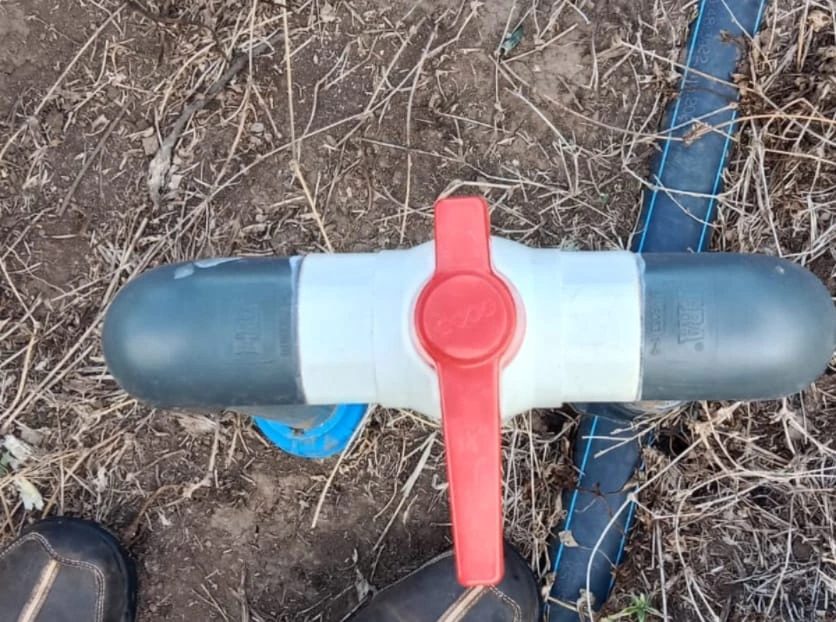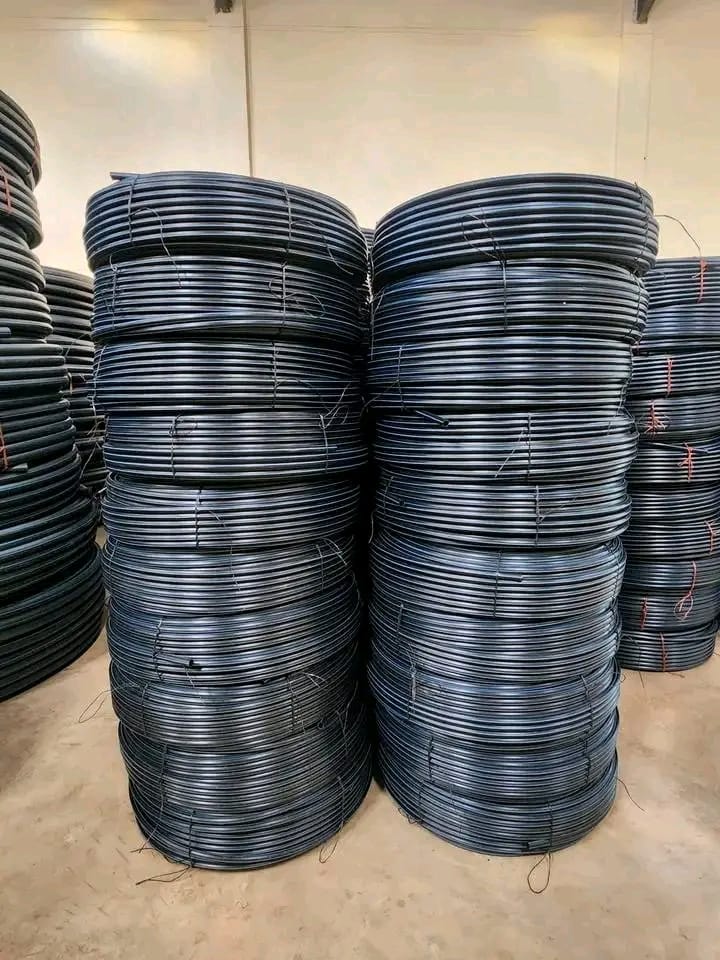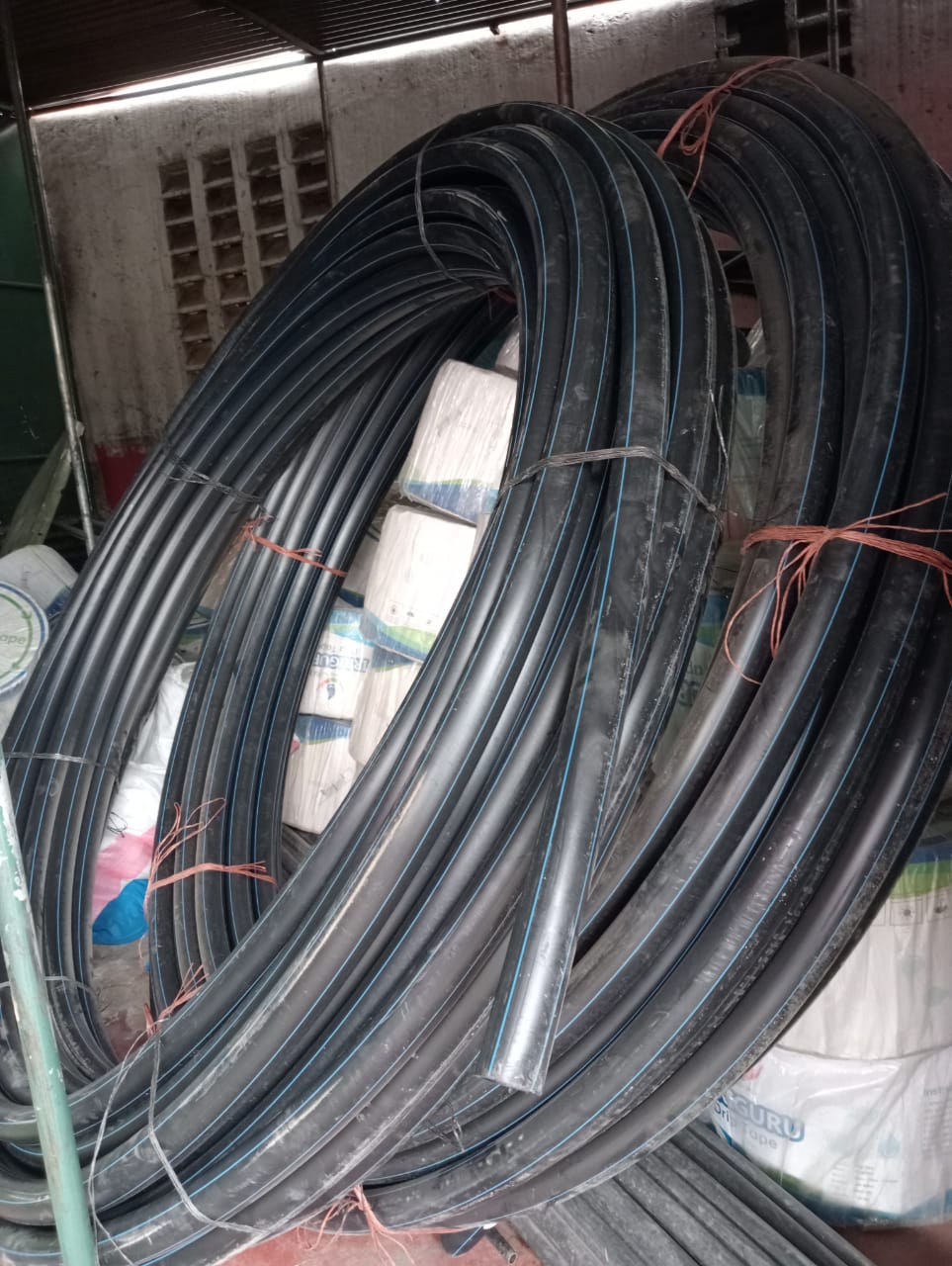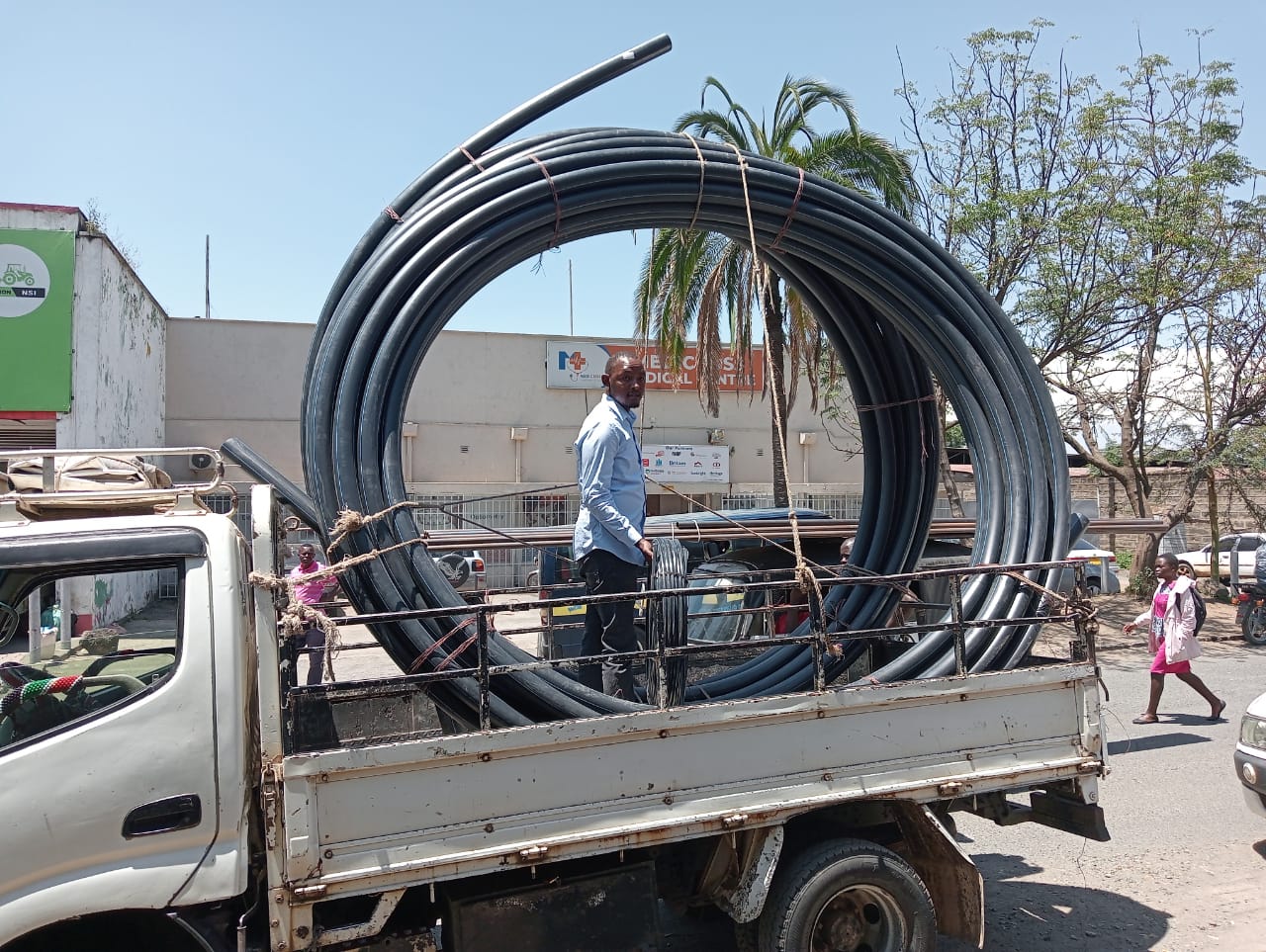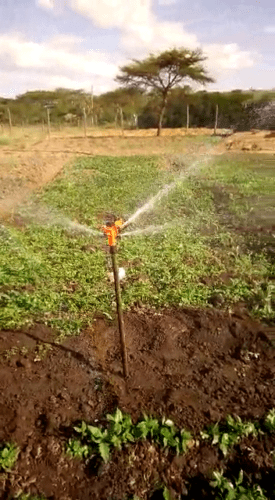At Eunidrip Irrigation Systems, we specialize in providing top-tier irrigation solutions tailored to the Kenyan agricultural landscape. High-Density Polyethylene (HDPE) pipes have revolutionized the irrigation industry in Kenya due to their unmatched strength, durability, flexibility, and resistance to harsh environmental conditions. To complement these pipes, we offer a wide range of HDPE pipe fittings for sale in Kenya—essential components that ensure seamless water distribution throughout irrigation networks.
Our HDPE fittings are designed to connect, control, and guide water flow efficiently in farms, greenhouses, and commercial landscapes. Whether you’re installing a new irrigation system or upgrading an existing one, Eunidrip is your trusted partner for reliable products and expert support.
Table of Contents
In this article, we explore the HDPE pipe fittings available for sale in Kenya, their uses, and why they are integral to any irrigation system. Whether you are setting up a small farm irrigation system or a large-scale agricultural project, knowing the types of fittings and their functions will help you optimize your irrigation setup.
Why Choose HDPE Pipe Fittings?
HDPE pipe fittings are designed to complement HDPE pipes. Here are some key benefits:
- Durability: Resistant to cracking, corrosion, and chemical exposure.
- Flexibility: Suitable for rough terrain and adaptable to different layouts.
- Leak-Proof: Provide high-quality sealing with heat fusion or mechanical fittings.
- Low Maintenance: Once installed, HDPE systems require minimal maintenance.
- Environmentally Friendly: HDPE is recyclable and long-lasting.
Now, let’s explore the different HDPE pipe fittings used in irrigation systems in Kenya.
Common HDPE Pipe Fittings for Irrigation Systems in Kenya
At Eunidrip Irrigation Systems, we supply a wide range of HDPE pipe fittings for sale in Kenya that are essential for creating reliable, efficient, and long-lasting irrigation systems. These fittings serve specific purposes such as connecting, regulating, branching, and sealing irrigation lines made from HDPE pipes.
Below is a summary of the most common HDPE pipe fittings and their functions:
| Fitting Type | Function | Type/Applications | Price (KSh) |
|---|---|---|---|
| HDPE Couplers | Connect two HDPE pipe sections to form a secure, leak-proof joint—ideal for extensions and repairs. | Available as compression and electrofusion couplers. | 240 – 1,400 |
| HDPE Elbows (45° and 90°) | Change the pipe’s direction—45° for smooth bends, 90° for sharp turns. | Offered in different pressure ratings to suit specific pipe dimensions. | 210 – 1,400 |
| HDPE Tees | Divert water flow into two directions. Equal tees split evenly; reducing tees accommodate size differences. | Commonly used to connect lateral lines to a main pipeline. | 340 – 1,900 |
| HDPE End Caps | Seal the end of a pipeline to stop water flow at the terminal point. | Made from corrosion-resistant HDPE for long-lasting closure. | 200 – 900 |
| HDPE Reducers | Join pipes of different diameters, helping to manage flow rate and system pressure. | Suitable for systems with varying flow requirements. | 400 – 1,611 |
| HDPE Compression Fittings | Enable quick, tool-free installation and connection of HDPE pipes without welding. | Includes elbows, tees, and couplers in various sizes. | Varies by fitting type |
| HDPE Saddles | Create outlet points on the main HDPE pipe to connect secondary lines. | Widely used in drip irrigation and sprinkler systems. | 400 – 2,500 |
| HDPE Ball Valves | Regulate or shut off water flow within the irrigation system. | Essential for maintenance and controlled irrigation zones. | 1,900 – 5,500 |
| HDPE Flanges | Join HDPE pipes to machinery, pumps, or other fittings securely. | Ideal for high-pressure zones or critical connections. | Varies |
| HDPE Stub Ends | Work with flanges to form detachable joints that allow easy disassembly for maintenance. | Useful in irrigation systems requiring frequent inspection. | Varies |
| HDPE Electrofusion Fittings | Use embedded heating elements to fuse pipes, offering a strong and leak-proof joint. | Available as couplers, elbows, tees, and reducers. | Varies |
| HDPE Repair Clamps | Seal leaks or cracks in HDPE pipes quickly, avoiding costly pipe replacements. | Ideal for emergency fixes or semi-permanent repairs. | Varies |
Applications of HDPE Fittings in Kenya
HDPE fittings are widely used in various irrigation systems, including:
- Drip Irrigation: For precise water delivery to plants, HDPE fittings such as saddles and tees are critical.
- Sprinkler Systems: These fittings ensure even water distribution across large areas.
- Piping Networks: HDPE couplers and elbows help create extensive piping networks for efficient water distribution on farms.
Benefits of Using HDPE Fittings for Irrigation
- Leak-Free Connections: HDPE fittings are designed for optimal sealing, minimizing water wastage and ensuring efficient water distribution.
- Corrosion Resistance: Unlike metal fittings, HDPE is resistant to corrosion, making it ideal for agricultural use in different soil types and water conditions.
- Longevity: HDPE fittings have a long service life, reducing maintenance costs and system downtime.
- Easy Installation: HDPE fittings, especially compression fittings, are easy to install, reducing the complexity of the irrigation setup.
FAQ
What are HDPE pipe fittings used for in irrigation systems?
HDPE pipe fittings are used to join and connect HDPE pipes, creating leak-proof connections essential for water distribution in irrigation systems. These fittings help direct water flow, split pipelines, and adjust pipe sizes to ensure efficient water management across agricultural or landscaping areas.
What sizes of HDPE fittings are available in Kenya?
HDPE pipe fittings are available in various sizes, ranging from 16mm to 110mm, to suit different pipe diameters. This makes them suitable for small-scale irrigation setups, as well as larger commercial systems.
What types of HDPE fittings are commonly used in irrigation?
Common HDPE fittings used in irrigation systems include couplers, elbows (45° and 90°), tees, end caps, reducers, compression fittings, saddles, and ball valves. Each fitting serves a unique purpose, from connecting pipes to changing water flow directions or regulating pressure.
How are HDPE compression fittings installed?
HDPE compression fittings are easy to install without special tools or equipment. You simply insert the pipe into the fitting and tighten the compression ring to secure the connection. These fittings are ideal for DIY irrigation projects and small-scale farms.
Are HDPE fittings durable and resistant to leaks?
Yes, HDPE fittings are highly durable and provide leak-proof connections. They are resistant to corrosion, chemical exposure, and UV rays, ensuring a long lifespan even in harsh environmental conditions. When properly installed, HDPE fittings minimize water loss and system maintenance.
Must Read:
